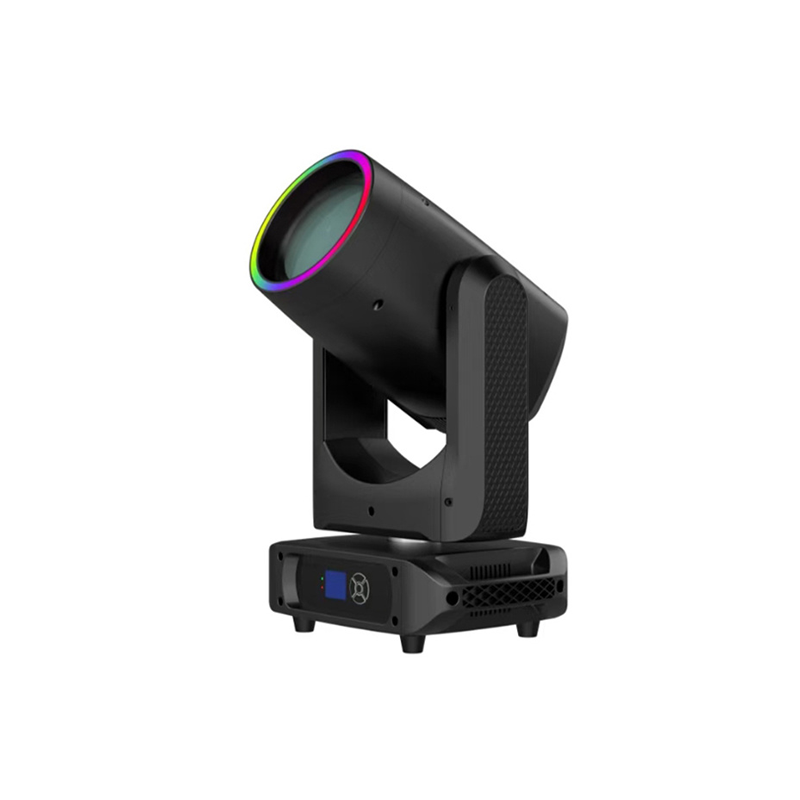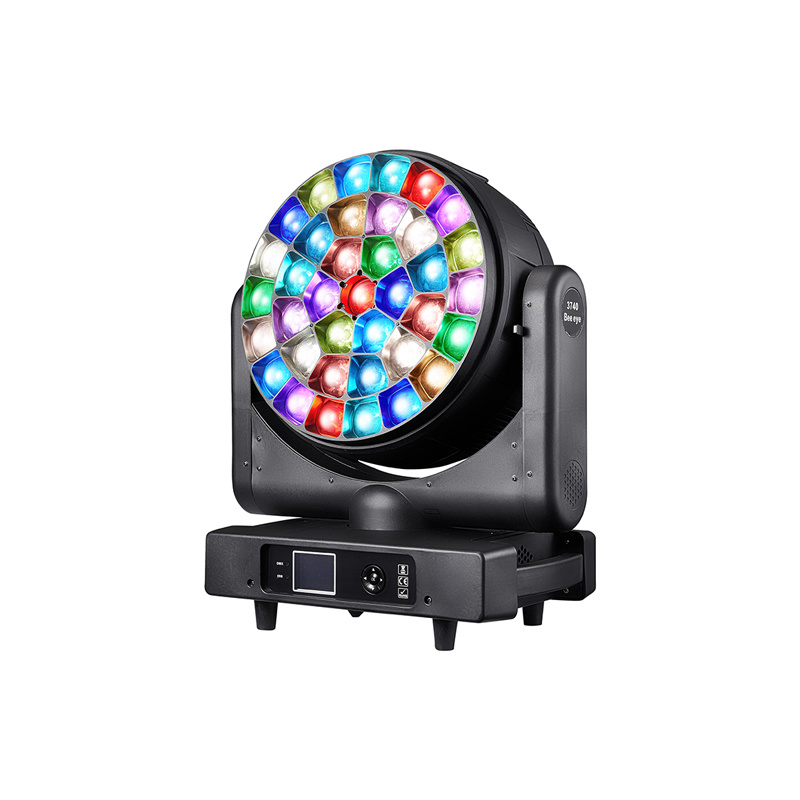LED Stage Lights for Events, Concerts & Theaters | Expert Guide
Classification:
summary description]
When the curtain rises, lighting sets the tone before a single word is spoken. That’s the magic of stage lighting—and why so many professionals are turning to LED stage lights for better performance, lower costs, and brilliant visual impact.
What Makes LED Stage Lights Stand Out?
To put it simply, efficiency, flexibility, and creative power.
LED stage lights are fixtures that use light-emitting diodes to produce bright, vivid illumination. From compact wash lights to sophisticated moving heads, these lights now dominate stages, clubs, and event halls across the globe. Why? Because they do the job better—with less energy and more control.
Benefits That Go Beyond Brightness
Here’s what makes LEDs the go-to choice:
Energy Use That Makes a Difference
LEDs consume far less power than traditional halogen or tungsten bulbs. For venues running long shows or back-to-back events, that’s a major cost saver—not to mention better for the environment.
Lights That Last
With a lifespan of 30,000 to 50,000 hours, these fixtures outlive older technologies by years. That means less maintenance and fewer replacements.
Precision in Color
Modern LED stage lights don’t just flash red, green, and blue. With RGBW, RGBAW, and even UV options, they offer subtle gradients, bold colors, and color temperatures you can tune to perfection.
Controlled Creativity
Thanks to DMX512 compatibility, lighting operators can program shows down to the second. Whether it's smooth fades or fast strobe effects, LEDs give you total command.
Lightweight and Mobile
Today’s LED fixtures are compact and easy to rig. Touring shows, mobile DJs, and pop-up venues love them because they’re light, tough, and easy to set up.
A Quick Look at Popular Types
Not all LED stage lights are the same. Choosing the right one depends on your setup and the effect you're after.
- LED PAR Cans
- Simple, powerful, and great for washing a stage with color. A staple in both theaters and nightclubs.
- Moving Head Lights
- These rotate, tilt, and pan to follow performers or create sweeping effects. Ideal for dynamic shows and concerts.
- Wash Lights
- Need broad, even lighting? Wash LEDs are designed to cover wide spaces with a soft, consistent glow.
- LED Bars and Strip Lights
- Great for uplighting, backdrop washes, or architectural effects. Some models offer pixel control for advanced visuals.
- Strobes and Effects
- Add intensity to music drops or action scenes. Perfect for clubs or EDM stages.
How to Choose the Right Fixtures
Selecting the right lighting isn’t just about wattage. It’s about purpose, mood, and control. Here’s what to consider:
- Stage size and layout
- A small platform needs fewer lights but may require higher beam angles or multi-function fixtures.
- Portability vs. permanence
- Will your lights be installed in a fixed rig or packed into a flight case each week?
- Control needs
- For full-stage shows, you’ll want DMX compatibility. But for basic setups, plug-and-play or sound-activated options can suffice.
- Budget vs. features
- Don’t overspend on features you won’t use. At the same time, don’t cut corners if quality matters to your brand or audience.
Ideal Use Cases
LED stage lights are everywhere. You’ve probably seen them in action—even if you didn’t realize it. Some common settings include:
- Theater and live drama performances
- Touring concerts and music festivals
- DJ booths and dance clubs
- Corporate presentations and product launches
- Church stages and worship spaces
- Fashion shows and broadcast studios
Maintenance: Simple but Important
LEDs are low-maintenance—but not no-maintenance. Dust buildup, loose cables, or improper storage can still cause trouble. Here are a few quick tips:
- Clean lenses and housings regularly
- Check DMX and power connections before shows.
- Use covers or cases during transport.
- Let the fixtures cool down before packing them away.
What’s Next for LED Stage Lighting?
The future is about smarter and more connected lighting. Already, we’re seeing:
- Wireless control using apps and Bluetooth
- Pixel mapping with real-time effects
- AI-enhanced syncing with music and movement
- Sustainable design with lower material waste
Lighting is no longer just functional. It’s an active part of the storytelling process.
Final Thoughts
Whether you're lighting a 500-seat auditorium or setting up a small club show, LED stage lights give you the tools to create something unforgettable. They’re powerful, precise, and built for professionals who want reliability without limits. As the industry evolves, one thing stays the same: good lighting transforms the entire experience.
FAQs About LED Stage Lighting
1. Can LED stage lights replace all traditional lighting?
For most applications, yes. LEDs now offer enough brightness and color range to replace conventional fixtures in almost any setup.
2. Do I need DMX knowledge to use LED lights?
Not always. Many models have automatic or sound-active modes. However, for detailed control, learning DMX is highly recommended.
3. How do I calculate how many LED lights I need?
Consider the venue size, ceiling height, and the type of performance. Start with 4–6 fixtures for small events, then scale up as needed.
4. Can I mount LED lights myself?
Yes, but always follow safety protocols. Use proper clamps, secure power lines, and never overload circuits.
5. Are LED stage lights safe to use for long hours?
Absolutely. They stay cool and are designed for continuous use. Just make sure your wiring and power sources are up to code.
Previous Page
Previous Page
More Cases



